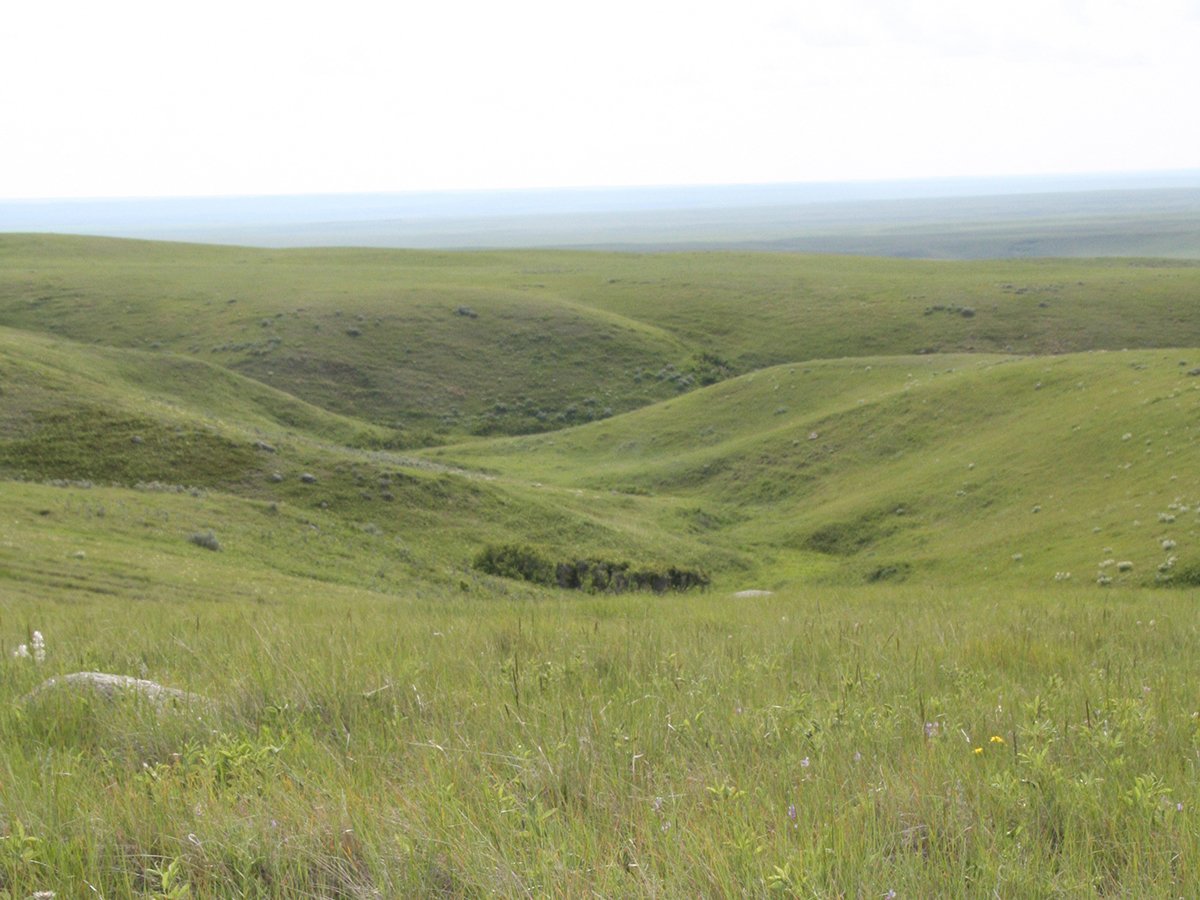Corporate statements on social responsibility are typically wishy-washy, often featuring phrases such as “building capacity,” “establishing benchmarks” and the always popular “further science is needed.”
In contrast, Unilever’s policy on sustainable agriculture is crystal clear. As stated on its website, the consumer goods and food products giant, which posted $51 billion in sales in 2012, plans to source 100 percent of its agricultural raw materials sustainably by 2020.
Unilever is not alone. A number of global companies, including Walmart, McCain Foods and Marks & Spencer, have also developed sustainable agriculture policies.
Read Also

Alberta irrigation project on grasslands approved
Environmental concerns raised by Alberta conservation groups over irrigation expansion project within rural municipality
Matt Loose, a director of a Toronto consulting firm that specializes in sustainability, said those corporate objectives will encourage or push farmers to grow crops and raise livestock in a sustainable manner.
Loose was to present a Stratos report on the state of sustainable food at the April 9 Canadian Food Summit in Toronto.
Prior to the summit, Loose said the move toward sustainable food is happening rapidly because corporations want to brand their products as sustainable.
They also see potential cost savings in sustainability and want to establish resilient supply chains that can withstand droughts and extreme weather associated with climate change.
“The (sustainability) standards are being driven by large, international food companies,” he said.
Unilever is a good example. The British-Dutch company has written a 76-page sustainable agriculture code that lays out company policies on agro-chemicals, soil, water, biodiversity, energy and animal welfare.
To qualify as sustainable under Unilever’s guidelines, a grower must keep records to justify agro-chemical use, including the type of product applied, the rate and the application date. They must also have an integrated pest management system in place and establish a soil management system, with the goal of maintaining soil to support healthy crops.
Growers have complained in the past of having to fill out extensive paperwork without compensation.
Walmart, the world’s largest retailer, also has a sustainable agriculture program.
Loose said many Canadian farmers should be able to adjust to corporate demands, but some producers and agricultural sectors will struggle with the expectations.
Canadian pulse growers may be well positioned to supply sustainability demands, thanks to diverse rotations and the nitrogen fixing capabilities of legumes, said Carl Potts, Saskatchewan Pulse Growers’ executive director.
“As an industry, we’re trying to come in and say, ‘we have solutions if you’re looking for improvements in energy use, in water use efficiency and all these attributes that pulses can help on, by including more Canadian pulses in your product portfolio or including them into specific food products.’ ”
In its report, Stratos said 30 percent of all new food products contain messaging about sustainability. As well, surveys demonstrate that consumers want to buy sustainable foods.
Nevertheless, the report also said paying the additional cost for those products has “yet to become a mainstream habit for the majority of consumers.”

















